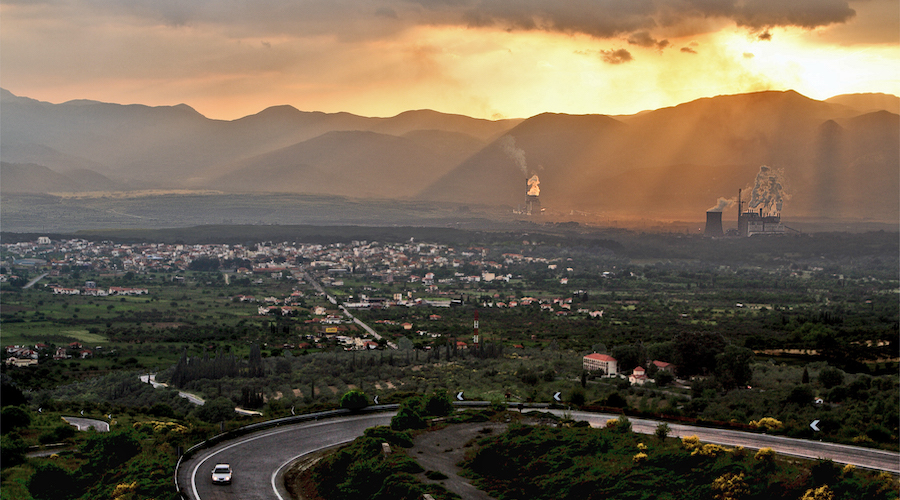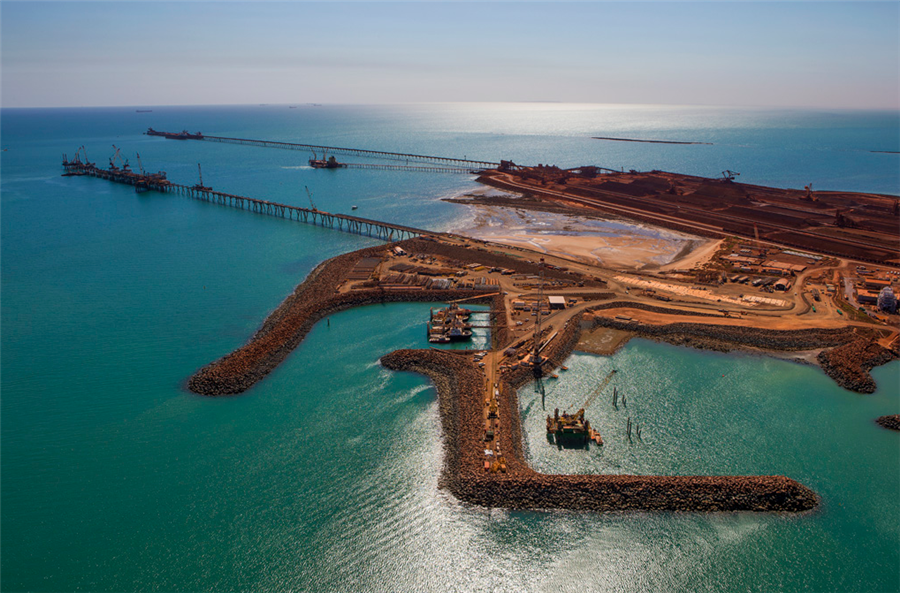In a Greek coal mine, stocks build up ahead of peak summer demand

In a barren, sun-baked landscape at Greece’s Megalopolis open-pit mine, a bucket wheel excavator scrapes out lignite and sends it 10 km (6 mile) by conveyor belt to a storage yard, where it will wait no more than two months before being used.
In Megalopolis, on the southern Peloponnese peninsula, one of the country’s two coal heartlands, Greece has wound down the extraction of lignite, or brown coal, since 2010 as Europe shifts away from fossil fuels to renewables.
But Russia’s decision to cut off gas to a number of European countries over their refusal to accept Moscow’s roubles-for-gas payment scheme has stoked concerns over security and the soaring cost of gas supplies.
This has prompted the Greek government to push back plans to retire some coal-fired plants and announce that coal mining will be ramped up by 50% this and next year, ahead of the country’s peak summer tourist season when power demand for cooling rises.
The Megalopolis mine’s lignite stocks stand at 640,000 tonnes right now, compared with about 450,000 tonnes at the same time last year, Konstantinos Gidis, the managing director of the Megalopolis mine and adjacent coal-fired plants, told Reuters.
“They are beefed up so that we can meet summer demand which is likely to increase because of the weather … and moreover, because of the uncertainty over natural gas,” he said.
Close to the mine, a town of about 5,000 people had prospered since 1970 when coal was discovered and Public Power Corp. (PPC) switched on two coal-fired units. Two more units had opened by 1991, bringing total power capacity up to 850 megawatt and offering jobs to many locals.
With the cost of carbon emissions rendering coal plants unprofitable, the two older plants shut in 2011, while a third one has been idle and is due to close later this year.
“While 2010 was a peak year with about 11 million tonnes of lignite, we are now producing 3.5 million tonnes of lignite just to meet the needs of the plant 4,” Gidis said.
Speaking in front of a giant cooling tower from Megalopolis 4, the only plant still in operation, Gidis said that lignite reserves in Megalopolis yards were already enough to cover demand for two months.
Turning green
In Greece, which relies on Russia for 46% of its imported gas, coal was 10% of its power mix last year, down from 53% in 2011.
To help phase out the fuel by 2028, PPC aims to decommission Megalopolis 4 and six other plants in northern Greece, or the equivalent of 2 gigawatts of power, by 2023. It also plans to switch a new, more efficient plant due to open later this year to a cleaner fuel by 2025.
Following Russia’s invasion of Ukraine, Greek Prime Minister Kyriakos Mitsotakis said that the lifetime for two plants in northern Greece might be extended, while the new one might use coal for longer, most likely until 2028.
Mitsotakis said that Greece, like many other European countries, was tweaking its energy plan just for now to deal with tight gas supplies, without veering off its track to cut greenhouse gas emissions by 55% by 2030.
At a small plot in the sprawling Megalopolis field, PPC is building a substation for a 50 megawatt solar park to power some 17,000 households by early next year.
“It (the park) will produce some 100 gigawatt hours annually and save 65,000 tonnes of carbon emissions,” said Stelios Kokotsakis, the site’s manager for PPC’s renewables arm.
PPC is spearheading Greek efforts to double renewables to 60% of power consumption by 2030.
Last year, before Russia’s invasion of Ukraine, Europe had raised consumption of brown coal, the most polluting type of coal, to 277 million tonnes, according to EU statistics.
(By Angeliki Koutantou and Vassilis Triandafyllou; Editing by William Maclean)
More News
Pilbara Rail Maintenance wins operational excellence award at Rio Tinto supplier gala
April 15, 2025 | 05:07 pm
Rio Tinto posts lowest Q1 iron ore shipments since 2019, tempers forecast
April 15, 2025 | 03:55 pm
{{ commodity.name }}
{{ post.title }}
{{ post.date }}




Comments